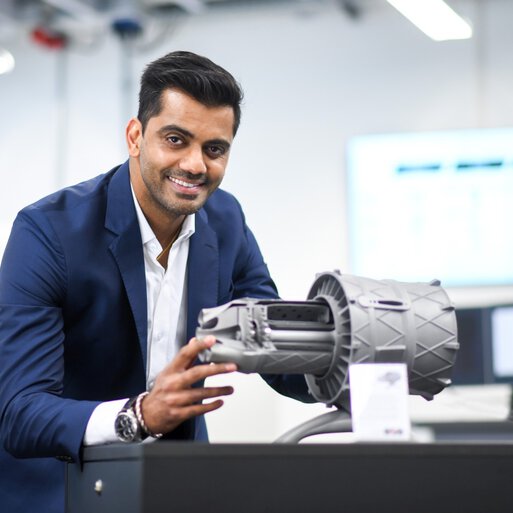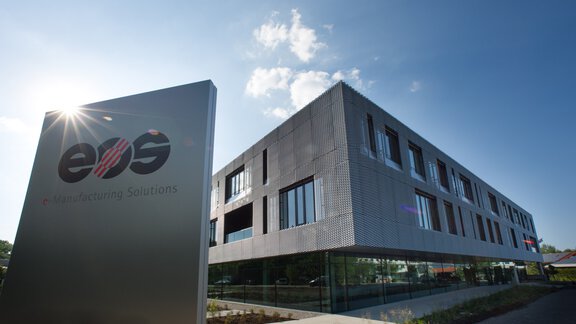Additive Manufacturing for Engine, Turbine Parts and more
Want to manufacture functional parts with complex geometries and defined aerodynamic properties cost-effectively and as quickly as possible? Unthinkable? No.
Engine and turbine parts are typical examples of what’s possible with industrial 3D printing, as well as parts for cabin interiors.
Functional integration, the development of increasingly complex designs and the parts that come with them are key drivers in the aerospace industry. Saving materials and weight, reduces both the fuel consumption and the CO2 emissions. Today, these topics are more important than ever before. That’s why leading aerospace companies have long been integrating additive manufacturing technology when planning their production strategies for the future.
Our added value takes the form of a consistent solution: from the provision and implementation of 3D printing systems to individual consulting and support with qualified processes for materials, systems, parts or complete assemblies. This intensive collaboration is advancing the industry’s innovative strength. A few major market players are planning to additively manufacture significant sections of their aircraft’s interiors in the upcoming years.
At a Glance Advantages of 3D Printing for Aerospace & Aviation
Get in touch with us today. Find the right solutions to fit your needs!




